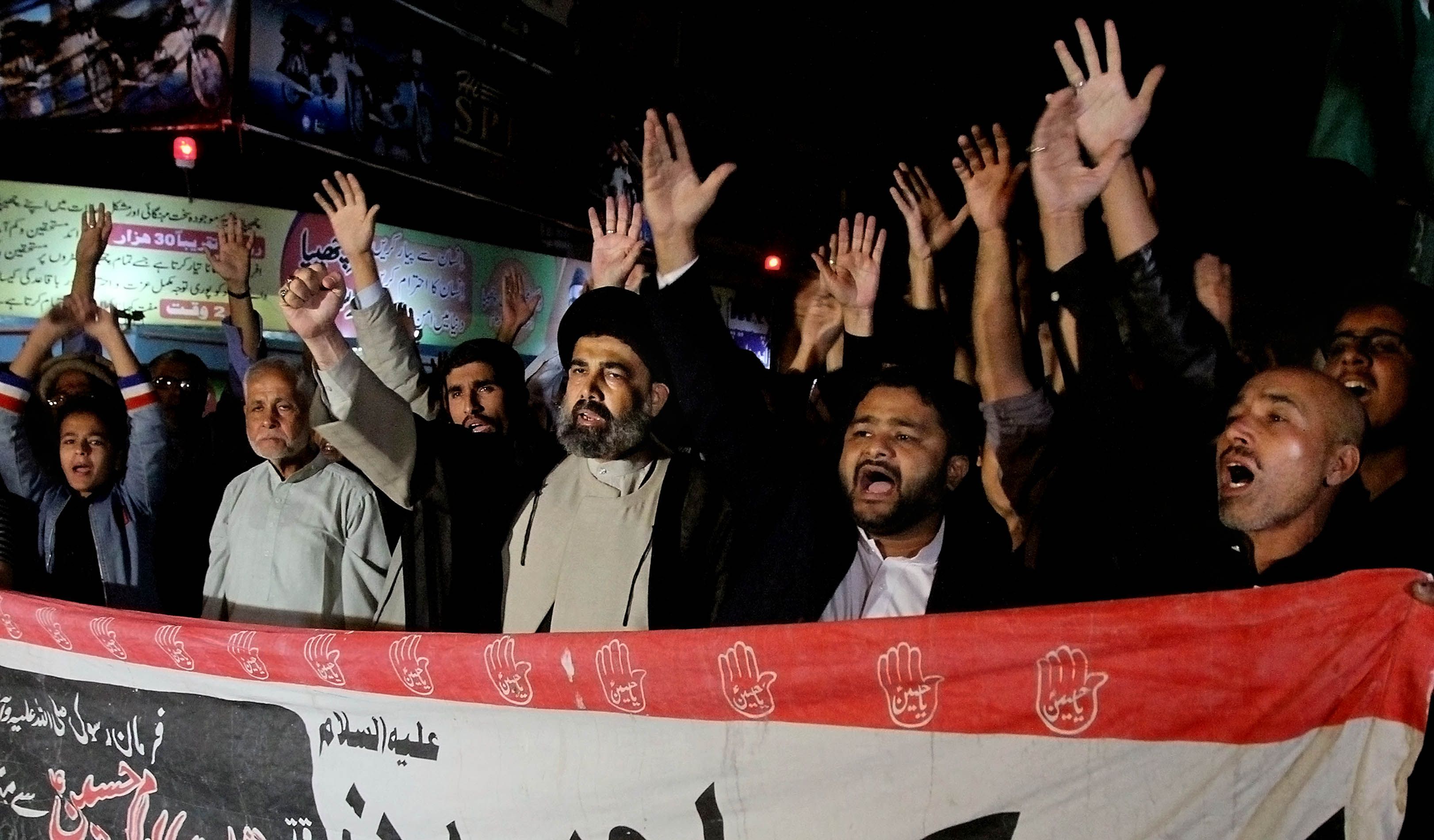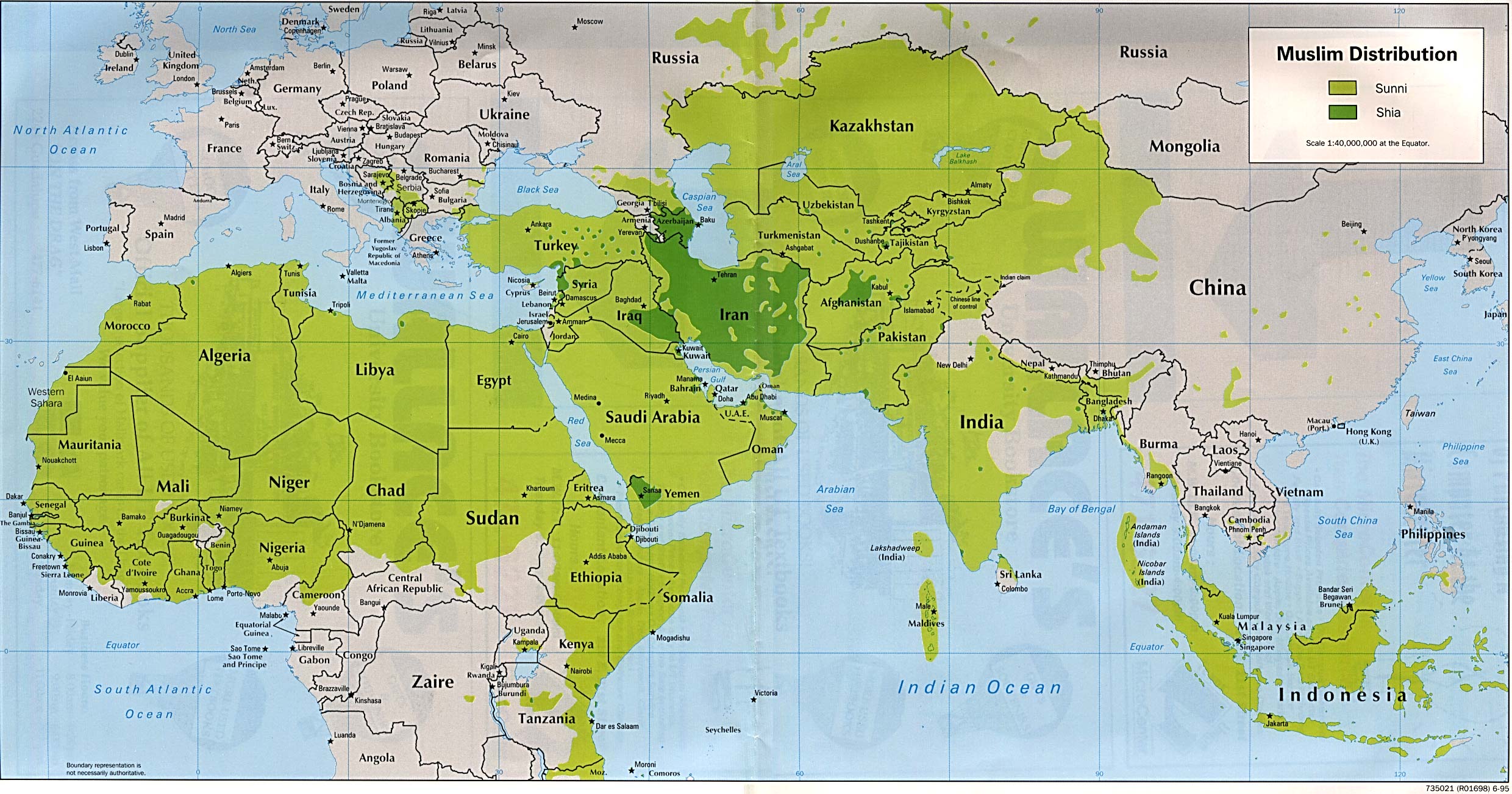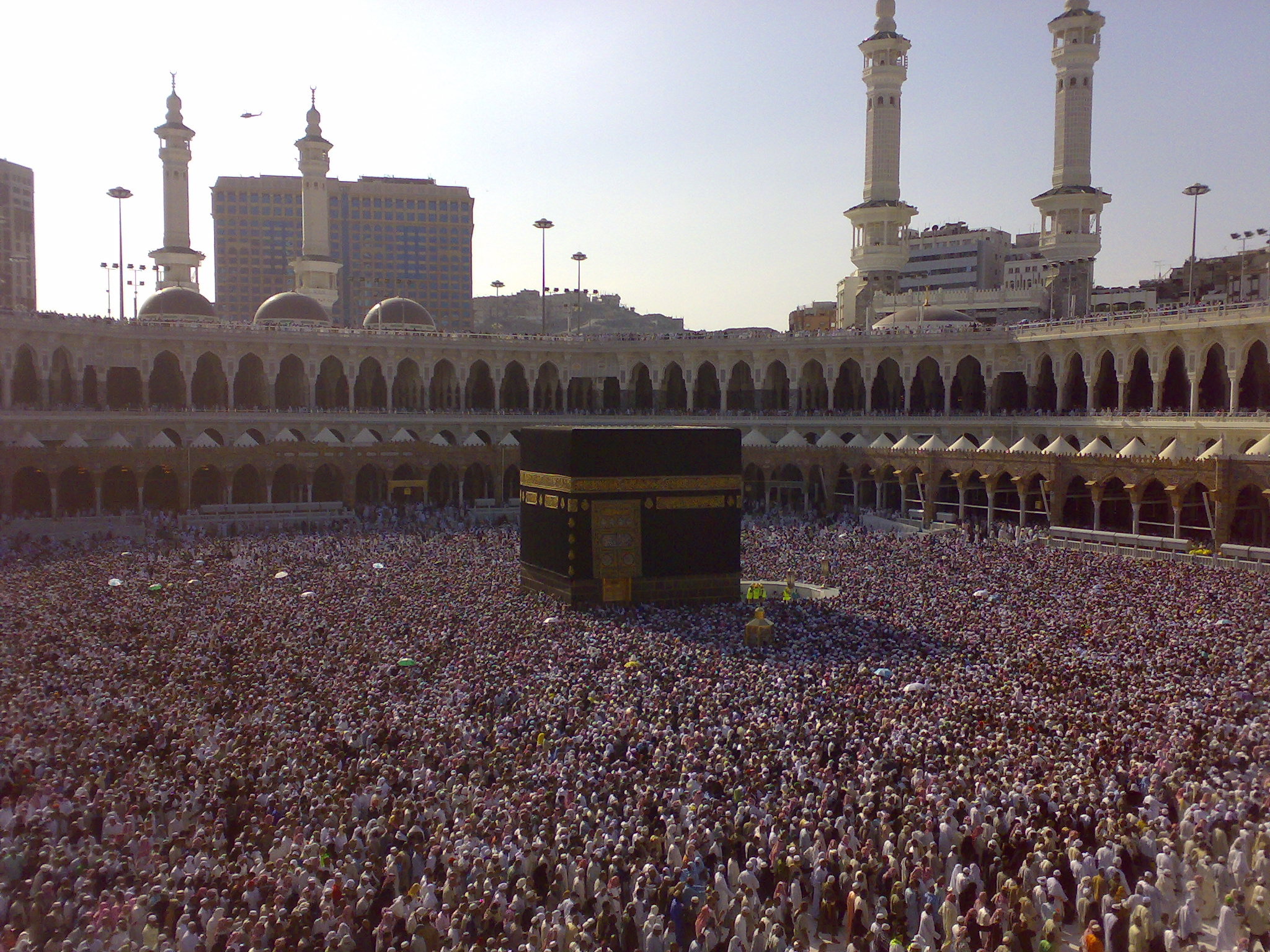Understanding Shia & Sunni In Iran: A Deep Dive Into Faith And History
The religious landscape of Iran is predominantly shaped by one of the most significant divisions in Islam: the split between Shia and Sunni Muslims. While both traditions share the fundamental tenets of Islam, their historical divergence, particularly concerning leadership after the Prophet Muhammad's death, has led to distinct theological interpretations and socio-political trajectories. To truly grasp the essence of modern Iran, one must first understand the deep roots and ongoing dynamics of Shia Islam within its borders, and how it interacts with the minority Sunni population.
This comprehensive overview will explore the basics of Shia Islam, delve into its origins and history, discuss key beliefs and practices, examine the role of Imams, and shed light on how historical events shaped Shia identity, particularly within Iran. We will also look at the global demographics of these two major branches of Islam and the unique position Iran holds as a predominantly Shia nation, exploring the implications for its domestic policies and international relations. Understanding this complex relationship is crucial for anyone seeking to comprehend the rich tapestry of Islamic civilization and the specific contours of Iranian society.
Table of Contents
- Origins of the Sunni-Shia Split
- Core Beliefs: What Unites and Divides
- Shia Islam's Unique Identity and Practices
- Shia Demographics Globally and in Iran
- Iran: A Predominantly Shia Nation
- Historical Evolution of Shia in Iran
- The Islamic Revolution and Shia Identity
- Navigating the Dynamics: Shia and Sunni Relations in Iran Today
Origins of the Sunni-Shia Split
The origins of the split between the Sunnis and the Shiʿah trace back to a fundamental disagreement over political and spiritual leadership following the death of the Prophet Muhammad in 632 CE. This division, which has profoundly shaped Islamic history, was not initially a theological one but rather a dispute over succession. Sunni and Shia Muslims share core Islamic beliefs, including the oneness of God (Allah), the prophethood of Muhammad, the finality of his message, and the divine revelation of the Holy Quran. However, their pathways diverged significantly when it came to determining who should lead the Muslim community after the Prophet.
- Roman And Sharon
- Sofia Vergara S
- Discovering The Legacy Of Desi Arnaz Jr
- Camilaelle
- Low Income White Girl Eyes
The Leadership Debate
Upon the Prophet Muhammad's passing, the Muslim community faced an unprecedented challenge: who would assume leadership? The majority of the Prophet's companions believed that the new leader, or Caliph, should be chosen by consensus from among the community's most capable individuals. This led to the selection of Abu Bakr, a close companion and father-in-law of the Prophet, as the first Caliph. This method of selection, based on communal consensus and election, became the foundation of the Sunni tradition, where leaders are chosen through a process of consultation and adherence to the Prophet's practices (Sunnah).
The Role of Imam Ali
In stark contrast, a significant group believed that leadership after the Prophet Muhammad (PBUH) was divinely appointed to Imam Ali ibn Abi Talib, the Prophet's cousin and son-in-law, and his descendants. This group, who came to be known as "Shiat Ali" (the party of Ali), held that Muhammad had designated Ali as his rightful successor. They believed that Ali possessed unique spiritual authority and was the rightful heir to both the political and spiritual leadership of the Muslim community. This conviction that leadership should pass through the Prophet's household, or Ahl al-Bayt, forms the bedrock of Shia Islam. The tragic events surrounding Ali's assassination and the subsequent martyrdom of his son, Hussein, at Karbala, further solidified Shia identity and their distinct understanding of legitimate leadership.
Core Beliefs: What Unites and Divides
Like any other Muslim, a Shia Muslim shares the fundamental theological beliefs of Islam, such as the oneness of God, prophethood, the finality of Prophet Muhammad (PBUH&HP), and the Holy Quran as the revealed word of God. Both Sunnis and Shias perform the five daily prayers, fast during Ramadan, give charity (zakat), and aspire to perform the Hajj pilgrimage to Mecca. These shared pillars of faith underscore the profound unity that exists within the broader Islamic world. The differences, while significant, are primarily rooted in historical interpretations of leadership and, subsequently, the development of distinct legal schools, theological doctrines, and spiritual practices.
The main belief of Shia Islam centers on the conviction that leadership after the Prophet Muhammad was divinely appointed to Imam Ali and his descendants. This concept of divine leadership, or Imamate, is central to Shia theology. For Shias, the Imams are not merely political leaders but infallible spiritual guides who preserve and interpret the true message of Islam. This contrasts with the Sunni view, which emphasizes the role of elected or appointed caliphs and religious scholars (ulama) in guiding the community. Furthermore, Shia Islam places significant emphasis on the concept of justice, martyrdom, and the expectation of the return of the Hidden Imam (Mahdi), who will establish justice on Earth.
Shia Islam's Unique Identity and Practices
Shia Islam is a deeply spiritual and historically rich branch of Islam. From its origins in the leadership debate to the powerful story of Karbala, from theological depth to distinct ritual practices, Shia identity has been shaped by a unique historical trajectory. To deepen your understanding of Shia Islam, it's essential to learn about its origins, beliefs, practices, and contributions. Discover how historical events shaped Shia identity, and examine the theological nuances that distinguish it.
The Significance of Imams
A cornerstone of Shia belief is the concept of the Imamate. For Twelver Shias, the predominant branch of Shia Islam found in Iran, there were twelve divinely appointed Imams, beginning with Ali ibn Abi Talib. These Imams are considered infallible, sinless, and the true interpreters of God's will and the Prophet's teachings. They are seen as the spiritual and temporal successors to the Prophet, possessing a special divine knowledge. The twelfth Imam, Muhammad al-Mahdi, is believed to have gone into occultation (hidden from view) and will return at the end of time to establish justice and peace. This belief in the Hidden Imam significantly influences Shia eschatology and their approach to governance in his absence.
The Story of Karbala
No discussion of Shia identity is complete without acknowledging the profound significance of the Battle of Karbala in 680 CE. This tragic event, where Imam Hussein, the grandson of Prophet Muhammad and the third Shia Imam, was martyred along with his family and companions by the forces of the Umayyad Caliph Yazid, is central to Shia consciousness. Karbala symbolizes the ultimate sacrifice in the struggle against injustice and oppression. It is commemorated annually during the month of Muharram, culminating in Ashura, a day of mourning, self-reflection, and remembrance of Hussein's sacrifice. This event deeply shaped Shia identity, fostering a strong sense of martyrdom, resilience, and a commitment to justice, which are evident in the socio-political fabric of countries like Iran.
Shia Demographics Globally and in Iran
Currently, there are 1.6 billion Muslims around the world, with Shia Muslims accounting for almost 20% of the global Muslim population. While most global Muslims are Sunni, a handful of countries have significant Shia populations or are Shia-majority. Shia Muslims form a majority of the population in three countries across the Muslim world: Iran, Iraq, and Bahrain. Significant Shia communities are also found in Lebanon, Kuwait, Turkey, Azerbaijan, and parts of Saudi Arabia, Pakistan, and India.
Iran stands out as the largest Shia-majority nation globally. Approximately 90-95% of Iran's population adheres to Twelver Shia Islam, making it the only country in the world where Shia Islam is the official state religion. This demographic reality is not merely a statistical fact; it is a defining characteristic that permeates every aspect of Iranian society, culture, and governance. The presence of a substantial Sunni minority, primarily concentrated in border regions such as Kurdistan, Baluchistan, and parts of Khuzestan and Golestan provinces, adds another layer of complexity to the country's religious and ethnic mosaic. Understanding the dynamics of Shia and Sunni in Iran requires appreciating both the dominant religious identity and the experiences of its diverse minorities.
Iran: A Predominantly Shia Nation
Iran's identity as a predominantly Shia nation is a relatively recent historical development, solidified over the past five centuries. While Shia communities existed in Persia for centuries, it was the Safavid dynasty (1501-1736) that formally established Twelver Shia Islam as the state religion. This decision had profound and lasting consequences, distinguishing Iran from its predominantly Sunni neighbors and shaping its unique cultural and political trajectory. The Safavids actively promoted Shia scholars, built religious institutions, and enforced Shia law, gradually converting the majority of the population from Sunnism to Shiism. This historical shift laid the groundwork for Iran's distinct religious character, setting it apart in the broader Middle East.
The establishment of Shia Islam as the state religion fostered a strong sense of national identity intertwined with religious belief. This unique blend of nationalism and religious devotion has been a powerful force in Iranian history, influencing its art, literature, and political thought. The theological emphasis on justice, martyrdom, and resistance, central to Shia Islam, resonated deeply with the Iranian people and would later play a pivotal role in the 20th century's political landscape. The dominant presence of Shia and Sunni in Iran, though skewed towards the former, has always been a factor in its internal governance and external relations.
Historical Evolution of Shia in Iran
The historical evolution of Shia Islam in Iran is a fascinating narrative of religious transformation and political consolidation. Before the Safavid era, Persia was largely Sunni, with pockets of Shia communities. The Safavid rulers, particularly Shah Ismail I, aggressively pursued the conversion of the population to Twelver Shiism, often through coercive means. This process was driven by a desire to create a distinct national identity separate from the Ottoman Empire, which was the dominant Sunni power of the time. The Safavids imported Shia scholars from other parts of the Muslim world, established religious schools (hawzas), and integrated Shia rituals and laws into the state apparatus.
Over the centuries, this process led to the deep entrenchment of Shia Islam within Iranian society. The clergy, or ulama, gained immense influence, becoming powerful social and political actors. This historical trajectory meant that unlike many Sunni-majority states where religious authority was often subservient to the political ruler, in Iran, the Shia clergy maintained a degree of independence and often served as a check on state power. This dynamic reached its zenith in the 20th century, culminating in the Islamic Revolution, which fundamentally reshaped the role of religion in Iranian governance and the position of Shia and Sunni in Iran.
The Islamic Revolution and Shia Identity
The 1979 Islamic Revolution, led by Ayatollah Ruhollah Khomeini, marked a watershed moment in the history of Iran and for Shia Islam globally. The revolution transformed Iran into an Islamic Republic, a unique system of governance based on the concept of Velayat-e Faqih, or the Guardianship of the Jurist. This doctrine asserts that in the absence of the Hidden Imam, a qualified Shia jurist (like Khomeini himself) should assume political and spiritual leadership of the community. This was a radical departure from traditional Shia political quietism, which generally advocated for the clergy to remain outside direct political power until the return of the Mahdi.
The revolution elevated Shia identity to the forefront of state ideology and foreign policy. Concepts like martyrdom, resistance against oppression, and the pursuit of justice, deeply rooted in Shia theology and the Karbala narrative, became central to the revolutionary discourse. The Islamic Republic actively promotes its version of revolutionary Shia Islam, often portraying itself as the vanguard of the oppressed and a defender of Muslim unity, while simultaneously asserting its distinct Shia character. This has had significant implications for the dynamics between Shia and Sunni in Iran, as the state's official religious identity is now overtly Shia, influencing laws, education, and public life. While the revolution emphasized Islamic unity, the overt Shia nature of the state has, at times, created challenges for the Sunni minority, despite constitutional provisions for their rights.
Navigating the Dynamics: Shia and Sunni Relations in Iran Today
The relationship between Shia and Sunni in Iran is complex and multifaceted. While Shia Islam is the state religion and the dominant force in Iranian society, the Islamic Republic's constitution recognizes Sunnis as a religious minority and guarantees them certain rights, including representation in parliament and the freedom to practice their faith. However, Sunnis in Iran often report experiencing discrimination, particularly in access to higher government positions, religious endowments, and educational opportunities. Concerns are sometimes raised about the underrepresentation of Sunnis in leadership roles and the challenges in building Sunni mosques in major Shia-majority cities like Tehran.
Despite these challenges, there are also efforts to foster unity and dialogue. The Iranian leadership frequently emphasizes the importance of Islamic unity and the commonalities between Shia and Sunni Muslims, especially in the face of external threats or sectarian strife in the broader region. Conferences and initiatives aimed at promoting inter-sectarian understanding are periodically organized. However, the underlying theological and historical differences, coupled with geopolitical tensions that often exploit sectarian divisions, mean that the relationship between Shia and Sunni in Iran remains a delicate balance. Understanding this internal dynamic is crucial for comprehending Iran's domestic stability and its regional policies, as the treatment of its Sunni minority is often scrutinized by Sunni-majority nations and international observers.
The nuanced interplay of shared faith, historical divergence, and contemporary political realities defines the experience of Shia and Sunni in Iran. While the country's Shia identity is undeniable and deeply ingrained, the presence and experiences of its Sunni minority are an integral part of its rich and diverse religious landscape.
Conclusion
The journey through the history and dynamics of Shia and Sunni in Iran reveals a profound narrative of faith, identity, and power. From the ancient leadership debates following Prophet Muhammad's passing to the Safavid era's pivotal decision to establish Shia Islam as the state religion, and ultimately to the transformative Islamic Revolution, Iran's religious landscape has been uniquely shaped. We've seen how both traditions, while sharing core Islamic beliefs, diverge significantly on the question of legitimate succession and the role of spiritual leadership, particularly concerning the Imams and the story of Karbala.
Iran stands as a testament to the enduring legacy of Shia Islam, being the world's largest Shia-majority nation. Yet, within its borders, the presence of a significant Sunni minority adds layers of complexity, presenting both challenges and opportunities for inter-sectarian relations. Understanding the intricate balance between the dominant Shia identity and the experiences of the Sunni community is not just an academic exercise; it's essential for comprehending Iran's internal stability, its regional policies, and its unique place in the global Muslim world.
We hope this comprehensive overview has deepened your understanding of this crucial aspect of Iranian society. What are your thoughts on the historical and contemporary dynamics between Shia and Sunni in Iran? Share your insights in the comments below, or explore other articles on our site to further your knowledge of the rich and diverse cultures of the Middle East.
- Kassidie Kosa
- How Much Does Jimmy Kimmel Make
- Two Babies One Fox
- Shiloh Jolie Pitt Boyfriend
- 4 Girls One Fingerprint Unraveling The Mystery Behind The Viral Trend

The Saudi-Iran Factor in Pakistan’s Sunni-Shia Conflict | Middle East

Understanding Islamic Sects: Sunni, Shi'a and Sufi

The Sunni vs Shia Divide - Explained - Globalo